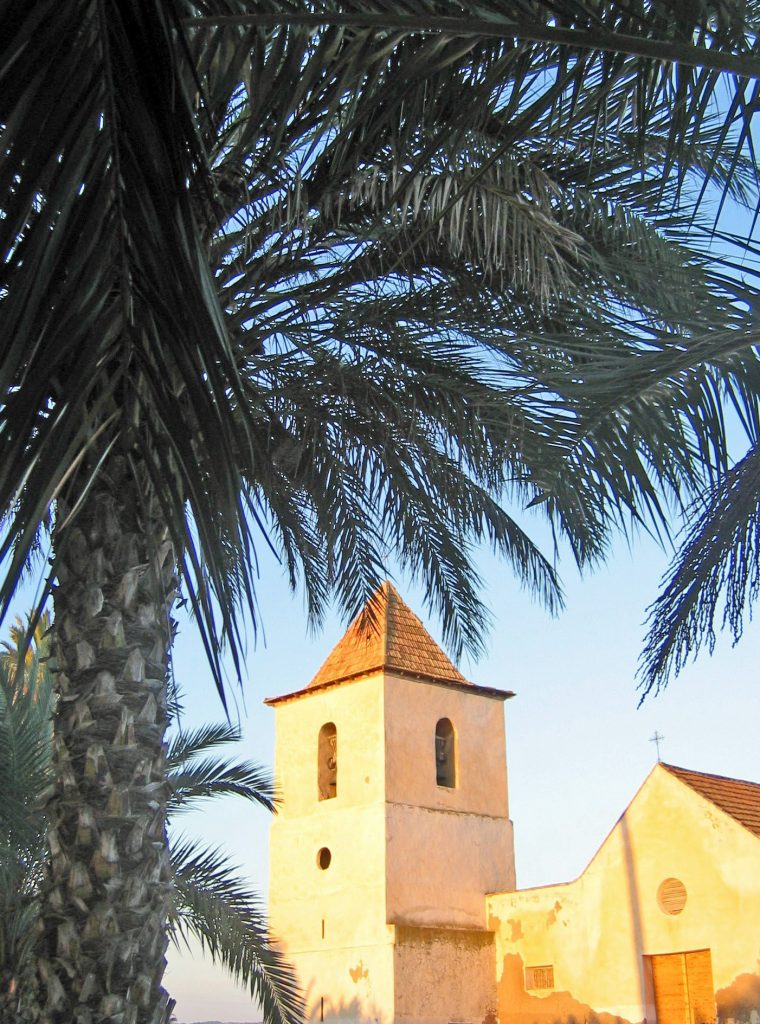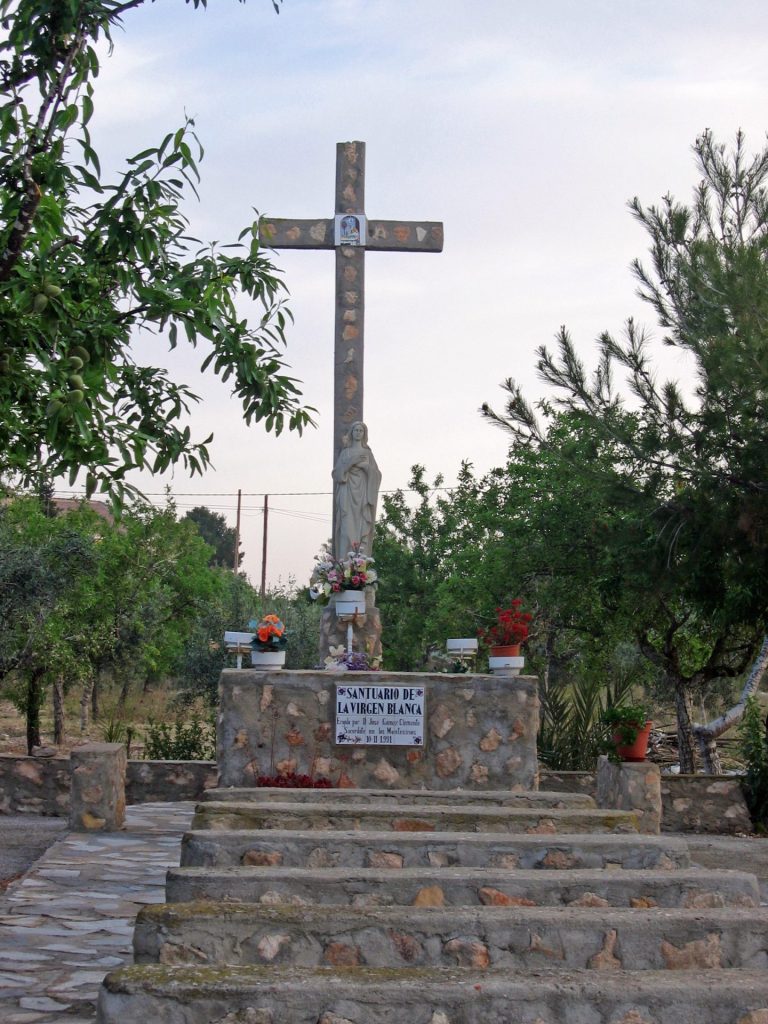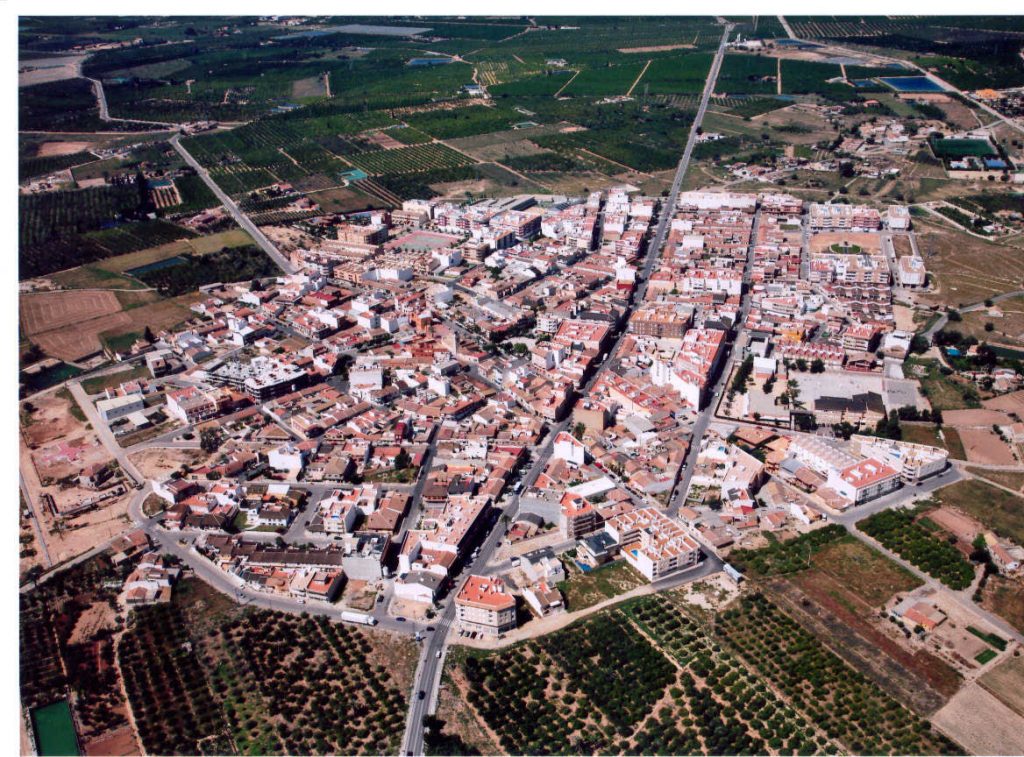The Montesinos owes its name to the nobiliary family that ruled the destinies of the lands where the town is intertwined. Since the reforms of Cardinal Belluga the whole of the Vega Baja was prospering and with it the Montesinos, to reach the current figure of right population of 2,841 inhabitants.
The territorial demarcation of the Montesinos, belonged to the municipality of Almoradí from S.XVI, until 1990, in which the traditional tutelage that this population existed ended. In fact, by means of Decree 140/90 of the Cosell of the Generalitat Valenciana, Los Montesinos became an independent municipality, with its own Town Hall and territory dismembered from the former term of Almoradí.
The territorial demarcation of the Montesinos, belonged to the municipality of Almoradí from S.XVI, until 1990, in which the traditional tutelage that this population existed ended. In fact, by means of Decree 140/90 of the Cosell of the Generalitat Valenciana, Los Montesinos became an independent municipality, with its own Town Hall and territory dismembered from the former term of Almoradí.



This municipality is framed by the following municipal terms:
- To the North, with Algorfa and Rojales.
- To the South, San Miguel de Salinas.
- To the East, Torrevieja, limiting it by the “Laguna Salada”
- And to the West, Almoradí and Orihuela.
The first causal results for the development and settlement of this municipality, arrived at the beginning of the century with the construction of the Irrigation Channel of Levante, right margin, and continued with the various situations of extraction and reservoir of existing water in the subsoil. The expansion of the irrigated land culminated in the Eighties with the contribution of the Tajo-Segura and now continues with the recycling of wastewater and the installation of modern desalination plants that improve the quality of hypogeous water.
The agricultural tradition is being transformed by leaps and bounds due to the pressure of coastal tourism, thanks to its proximity to Torrevieja and Guardamar del Segura. This prosperity is reflected in the municipal projects corresponding to the Subsidiary Standards, which were finally approved in 1996, which are planning to build two industrial areas of some 340,709 square meters, two residential ones of some 245,000 square meters and a Partial Plan of 478,692 m2, which will mean a growth of the population of this locality in 9,913 people more, population taken from the houses that are going to be constructed in total, supposing that in each of the constructed houses were occupied by a family of three components.


